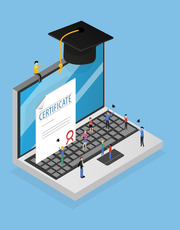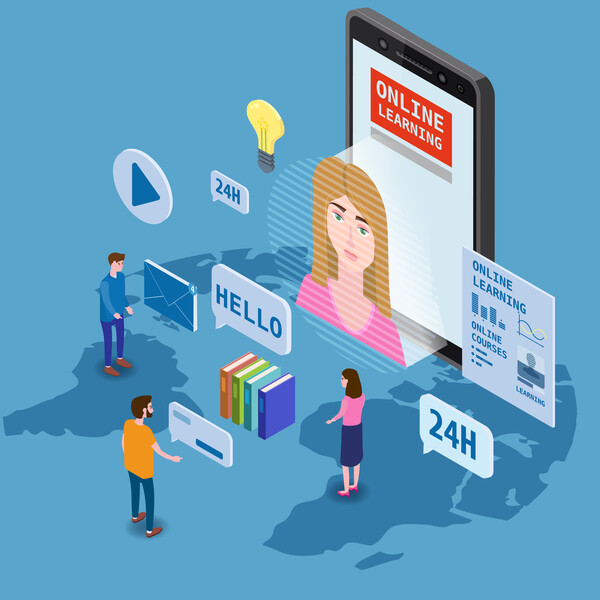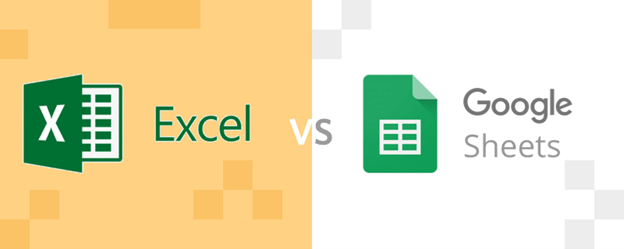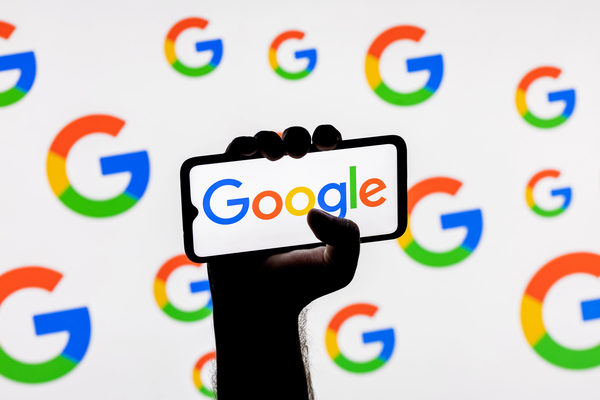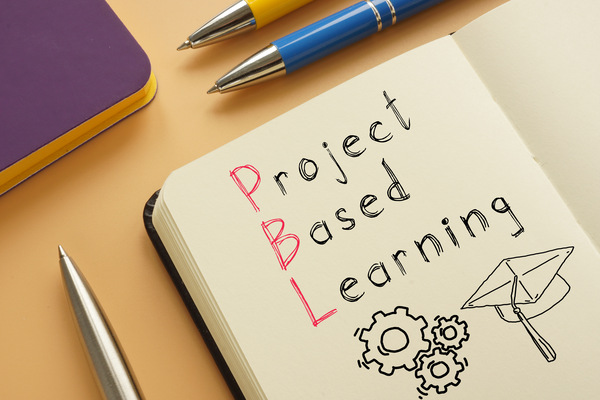How to Efficiently Evaluate Online Educational Content for AP Subjects
Diving into Advanced Placement (AP) studies can be a daunting quest, especially with the abundance of online educational content at your fingertips. The challenge isn’t just in finding resources; it’s in selecting the ones that will elevate your study efficiency and exam readiness.
From the credibility of teaching experts to the availability of practice tests, each criteria plays a crucial role in your AP success story. Here, we explore key strategies for efficiently evaluating online AP materials to ensure you’re investing time into resources that genuinely benefit your academic journey. Read on, and let’s unlock these strategies together.
5 Ways to Evaluate Online Educational Content for AP Subjects
Navigating the sea of online AP study materials can be overwhelming. Here are five ways to sift through the options and zero in on the educational content that will prepare you for exam day.
1. Check Credibility of Sources
When hunting for the right AP resources to study, it’s crucial you start by checking the credibility of your sources. This means looking into who created the content and their background in education. Ask yourself: “Is this an educator or organization known and recognized in the field?”
Does the College Board recommend them? Sift through reviews to see what other students have said about these materials. Remember, trusting your sources sets a solid foundation for your study plan and can make all the difference when it comes down to acing those exams.
2. Compare Curriculum Alignment
As you dive into your studies, it’s essential to ensure the online content aligns perfectly with the College Board’s official AP curriculum. A good starting point is to have the most recent AP course descriptions at hand for reference and evaluate your resources accordingly.
Any mismatches or omissions are a signal to tread carefully, as you don’t want to spend precious time on material that won’t appear on your exam. Remember, effective studying targets what’s in scope and leaves out what isn’t, keeping you laser-focused on success.
3. Assess Depth and Clarity
When investigating online AP content, it’s critical not just to find resources that cover a wide variety of material but also to ensure they do so with depth and clarity. High-quality educational materials will distill complex topics into clear, digestible pieces without glossing over vital details.
When you’re reviewing resources, notice how the content is presented: are difficult concepts made easy to understand through explanations and examples? Good educational content should leave you feeling enlightened and confident in your understanding, not more confused.

4. Look for Practice Opportunities
When you’re gearing up for the AP exams, practicing with real-world examples is as important as understanding the theory. In your search for study materials, prioritize finding resources that provide plenty of practice opportunities—like sample questions and full-length mock tests.
These should ideally mirror the format and difficulty level of the actual AP exams to give you a realistic taste of what to expect. It isn’t just about quantity, either; high-quality practice can boost your confidence and help reveal areas where you might need extra focus before the big day.
A high quality test can do a lot for memorization. In fact, a 2009 study revealed that students who took practice tests halfway through the year remembered 10% more of the material.
5. Evaluate Accessibility and Support
While discovering online resources for your AP exam prep, it’s not just the quality of content that matters but also how accessible and supportive the platform is. You want resources that you can easily access at any time, whether it’s late-night study sessions or early morning reviews.
Just be aware that “online” doesn’t necessarily mean “accessible.” Approximately 25% of students don’t have access to a computer to regularly do assignments, after all.
With that said, if you stumble upon a challenging concept or question, having easy-to-reach support such as tutors, FAQs, or student forums can make all the difference. These aids could be what prevent frustration from turning into a roadblock in your learning journey.
In Conclusion…
Now that you’ve got the insider tips on evaluating online AP resources, it’s time to take the reins! Bring your focus, use these strategies to filter through the options, and curate the perfect study stack. Remember, a little effort in selecting the right materials will set you up for great success.
Learn the differences between formative assessment and summative assessment.


